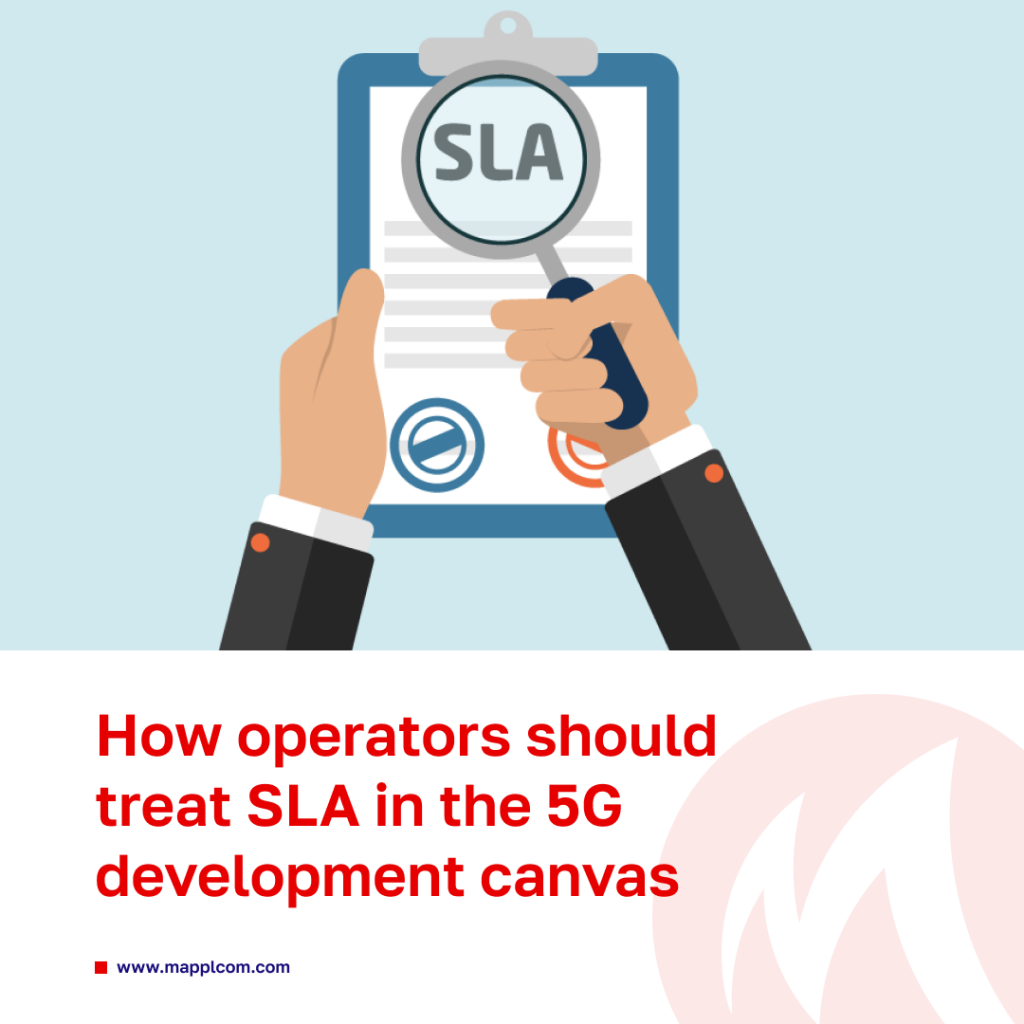How to define a way operators should treat SLA in the 5G development canvas?

As we have already discussed earlier, new generation networks are expected to fulfil enterprises’ expectations by customizing services to support the functions handling collecting giant volumes of data, using sensors, ultra-low latency for precision robotics and high reliability of signal. Business requirements also cover compatibility with more and more formats: from simple video conferencing, which is any company’s everyday routine now and partnerships/collaborations to more complicated Augmented Reality-based workforce training and production planning. Telecoms operators are for sure willing to supply business with what it wants, but the dilemma here lies in a choice between complexity of services and adhering to strict enterprise terms.
To address questions regarding balance between solving specific tasks and providing mass services, head of 5G marketing department in North America tried to explain in details current roadmap of the network development. He admits that the initial intention was to put together different kinds of framework to get an opportunity to communicate with both service providers and mobile network operators, as well as enterprise customers.
As for particular business needs – a certain business opportunity should be developed if it emerges and is recognized by a company as one of its high priorities, as well as the network could address this issue. One of the weak points is correlation between a type of requirement and an industry, which demands high level of specification and adjustments for every single case. Of course, creating a document listing typical industrial requirements for every sphere of activity would make sense, but the number of these segments is pretty close to infinity while the requirements themselves constantly evolve. Finally, the model of estimating an experienced player in the market as a benchmark is also obsolete as ecosystems are valuable only as an alliance of agents which cumulatively generate value.
As a proposed optimal solution, the market sees adding a 5G carrier and supported infrastructure to an existing LTE core and RAN as current 5G networks follow non-standalone architecture. Standalone contemplates a 5G core, RAN, enhanced transport and, to varying degrees, the deployment of edge computing capabilities. This combination of 5G core, RAN, enhanced transport and edge computing capabilities would enable network optimally support such traits as latency, security, bandwidth, and reliable demands of a specific service.
Here SA 5G networks is anticipated to be a tool that in some way allows a wider set of enterprise specific user stories/cases to be addressed due to improved network slicing, latency, and cutting-edge capabilities of IoT. These peculiarities can also potentially enable differentiation compared to other connectivity technologies…but this mostly depends on if the associated operational business logic and requires facilities for providing enterprise services, including the proven physical and financial ability to deliver on SLAs.

